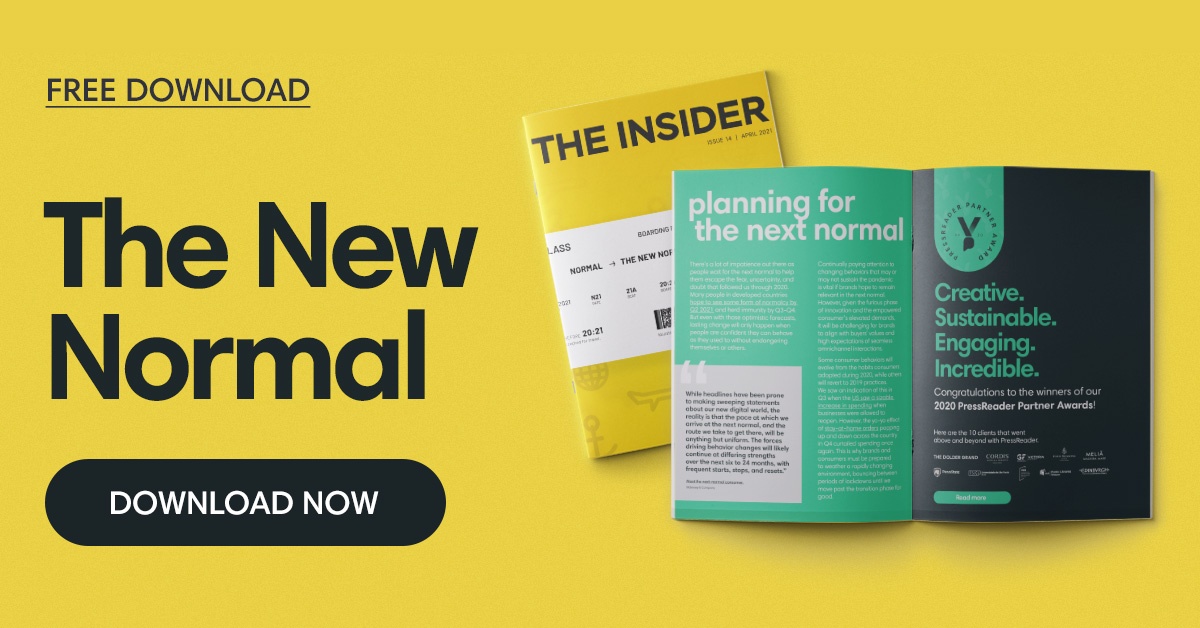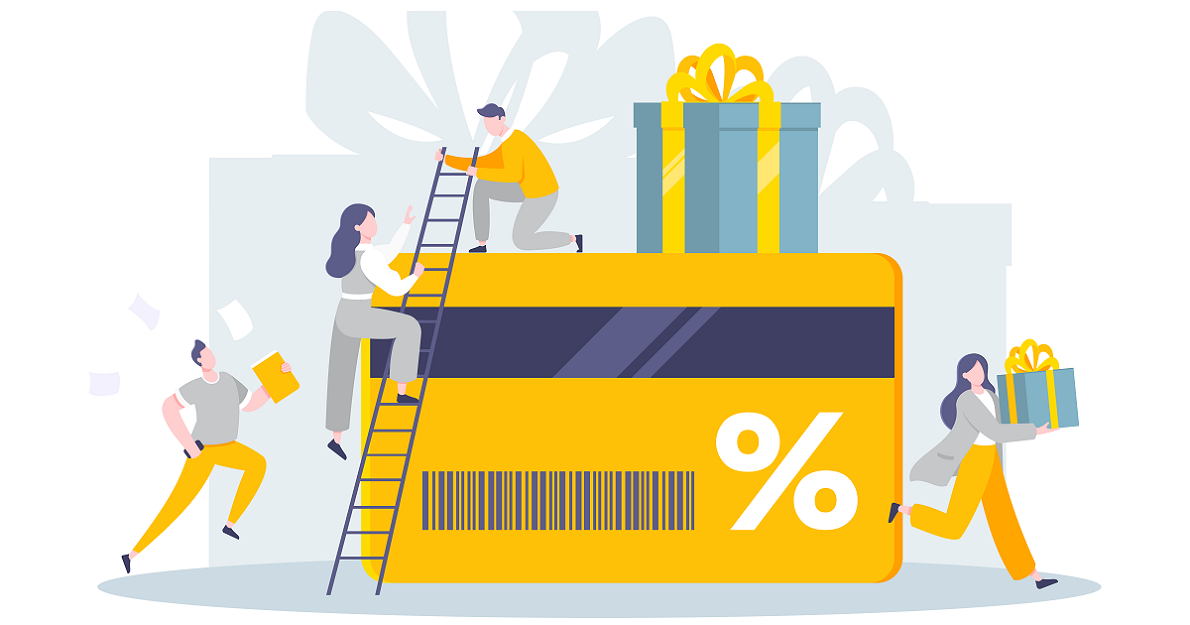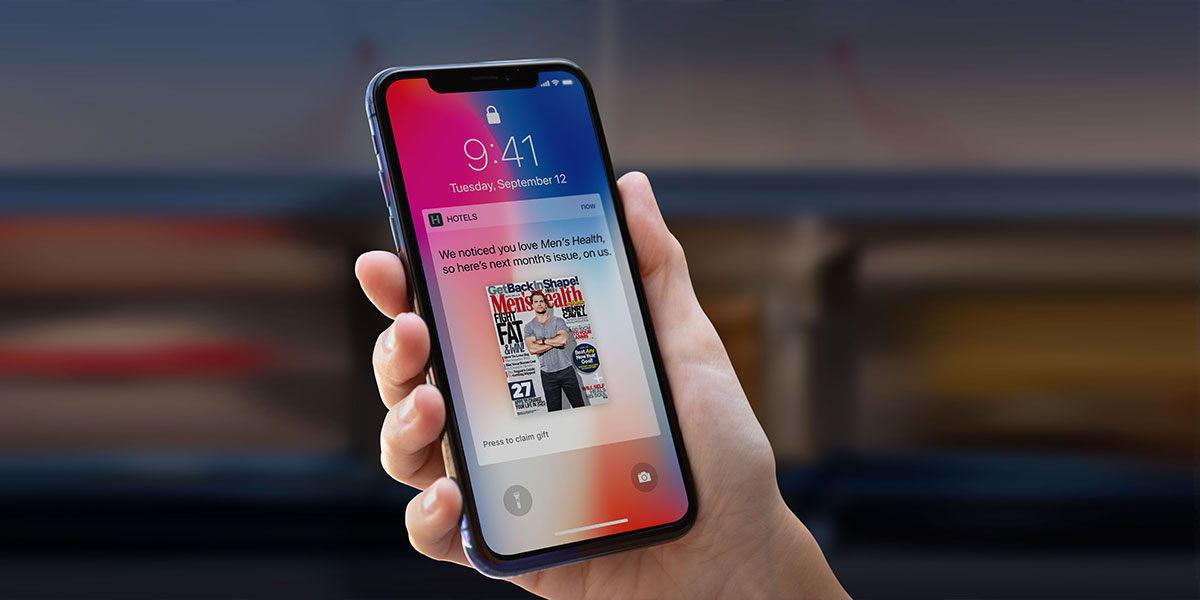Successful brands work hard building relationships with consumers, and in times of crisis, those connections can either get stronger as reliance on a brand’s products and services increase (e.g., Amazon, Netflix, and Nickelodeon), or weaken to the point of becoming non-existent (Pier 1, Brooks Brothers, and J. Crew).
In 2007, J. Crew’s revenue was US$1.3B as consumers and celebrities flocked to the brand. But the high-priced exclusivity that made it famous became “out of touch with the current reality” after the 2008-2009 Great Recession changed consumer behavior. Customers abandoned the overpriced apparel company for more affordable options and never looked back. It took years for J. Crew management to reverse its strategic misstep and start selling lower-priced merchandise, but it was too late. The company was leaking brand equity and income before the pandemic helped accelerate J. Crew’s ultimate demise.
And it was not alone.
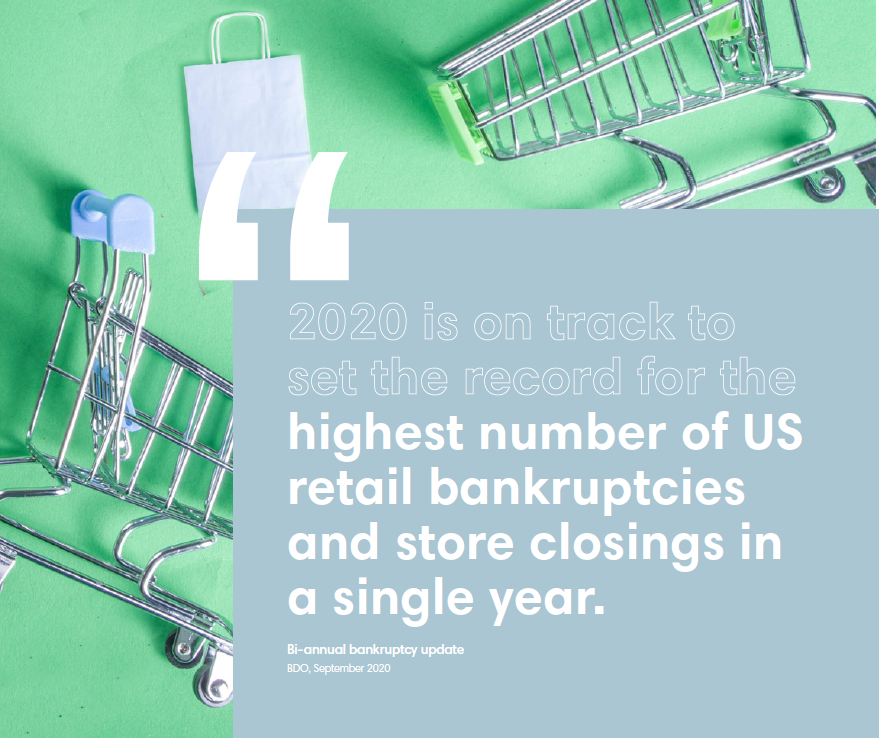
In the first eight months of 2020, 29 retailers in the US filed for creditor protection. In October, Reuters reported that US commercial bankruptcy filings were up 33% in 2020 due to COVID-19, with September posting 78% more cases than the year before.
Global economy on a slippery slope
In September 2020, McKinsey’s online survey of business executives found that more than 50% believe that in 6 months, their countries’ economies will improve; only 30% said it would worsen.

But according to The World Bank’s June 2020 Global Economic Prospects Report, the global pandemic led to the deepest global recession since World War II, triggering the fastest and steepest global growth forecast downgrades in recorded history.
In major advanced economies, widespread job losses (63 million in the US alone, or ~40% of the total workforce, as of Oct 2020) left many consumers with less disposable income. Business closures increased unemployment, disrupted supply chains, and sharply cut production. As a result, consumer confidence plummeted.
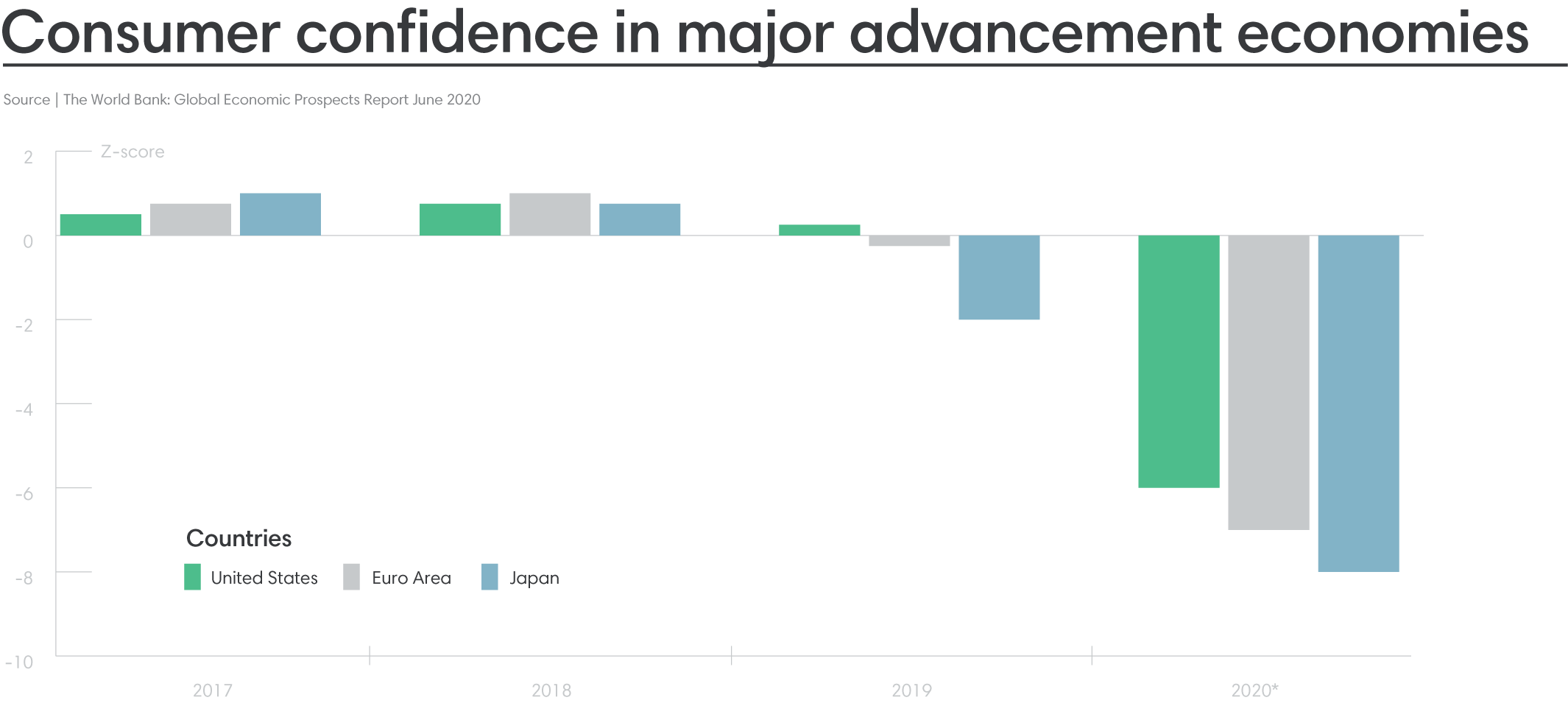
The long-term impacts of the economy and health risks on the brand-consumer relationship is ripe for speculation in our new world of accelerating change where there’s no single “new normal” for brands. Consumers’ expectations and behaviors are replacing the old ones at an unprecedented pace, and the future looks like more of the same.
COVID-driven trends
Although every brand should treat a consumer as a unique person and not just a member of a marketing cohort, the global pandemic unearthed several trends supported by data that indicate new behaviors are becoming more prevalent across a broader segment of the population.
A massive shift to digital
The “great accelerator,” COVID-19, brought a massive shift to digital around the world.
 According to McKinsey & Company, consumer adoption of previously untapped digital services occurred at a blistering pace in 2020.
According to McKinsey & Company, consumer adoption of previously untapped digital services occurred at a blistering pace in 2020.
- There was a 10-year increase in e-commerce deliveries in just eight weeks.
- Seven years of video was consumed in five months. Think about that; what Netflix took seven years to achieve, Disney did in less than half a year.
- Remote working triggered a 2,000% increase in video conferencing participation in three months.
- Telemedicine virtual appointments increased 10-fold in only 15 days.
- 250M students switched to online learning in two weeks.
Contactless services (e.g., drive-through, curbside pickup, and delivery services) also saw high adoption and are expected to continue post-COVID. That may not be true for everyone. A user’s experience and other metrics will determine if a person’s shift to specific digital behaviors stick. For example, 60% of people in Italy shopped online during the pandemic, but less than 10% were satisfied by the experience due to a poorly developed infrastructure compared to those in the US and the UK.
E-commerce escalates
Digital adoption is nothing new; it’s been growing for years and much faster than many businesses were prepared for. Several brick-and-mortar companies had no choice but to rapidly pivot to e-commerce when lockdowns took effect in March, and US retail sales plummeted 8.7% in March – the worst monthly decline in recorded history.
Check out Shopify’s meteoric valuation growth from March through to December 2020. Brands’ rush to digital helped propel the e-commerce platform leader’s market cap to US$145B!

Some businesses may not survive the transformation, but for those who do, they will need to remember that every interaction they have with a consumer has to be as personal and if they were face-to-face. It will be a challenging lesson to learn for those new to a virtual world where physical attributes and user behaviors are hidden behind an ocean of data that requires a Ph.D. to translate it into something meaningful for marketers.
More mindful spending
According to BrandZ's Global Brand report for 2020, 56% of households worldwide have experienced COVID-related declines in income. For millennials and Gen Zs, the numbers climbed to 68% and 65%, respectively. So it’s not surprising that consumers in most countries concentrated their spending on value and essentials in 2020. With less disposable income, people had no choice but to be thrifty for the foreseeable future and being more value-conscious as their earnings fell.

Mindful spending was seen with past recessions when household earnings dropped, but the scope has never been to this extent. The Great Recession saw personal consumption expenditures in the US bottom out to -2% in 2009; in August 2020, they fell to a whopping -34.1%!
Focus on wellness and purpose
Increased moderation and changes in priorities, and healthier behaviors were being seen across the board, with a high percentage of Gen Ys and Gen Zs expecting them to continue after the pandemic. Seniors globally were paying more attention to hygiene, gardening was becoming more popular in the UK, and Chinese consumers were eating healthier. People of all ages were reading more, and millennials nested at home to save money and spend quality time with family.
Reading, working out, and personal development grew in popularity, while shopping for clothes/accessories and frequenting bars/restaurants dropped dramatically. This was partly due to lockdowns and some consumers’ strained finances. But it was also because some people were not willing to risk exposure to the virus by frequenting indoor eating and drinking establishments.
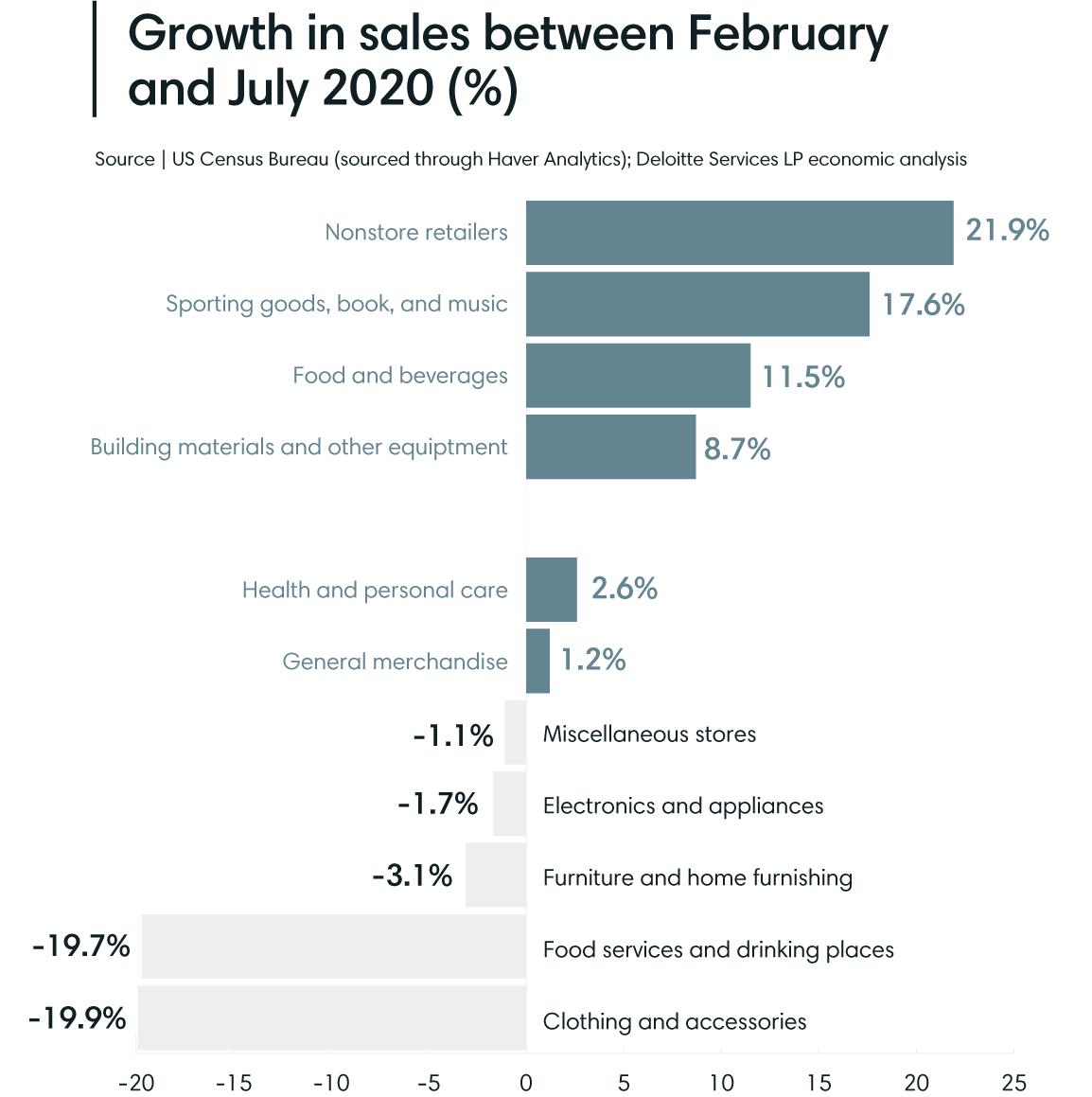
But there were exceptions. Lululemon’s stock gained almost 37% after the coronavirus was declared a global health emergency owing to its niche yoga-inspired, work-at-home apparel and loyal customer base. The company’s robust digital network helped increase its online revenues by 155% in Q2 2020 alone.
Support of local businesses
69% of people worldwide are also increasing their support of their local shops and communities, with 52% paying extra attention to the origin of the products they buy to support their neighborhood economies. 80% of consumers feel more or as connected to their communities, and 88% of them expect those connections to continue long after the coronavirus threat is under control.
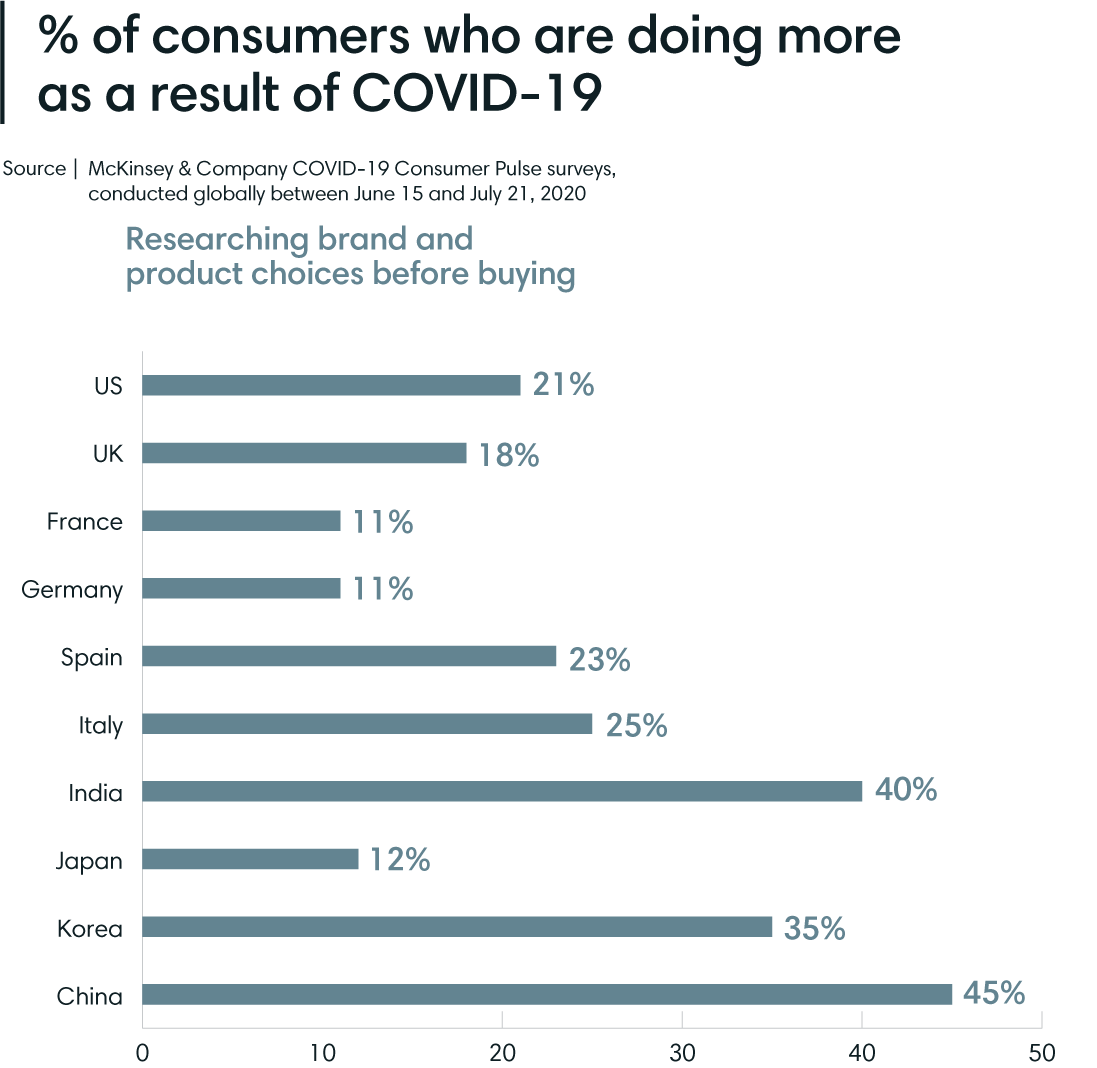
But despite consumers’ desire to support local communities, most travel, restaurant, and out-of-home entertainment brands will continue to be avoided until a vaccine is widely available.
Values and wallets drive brand choices
In June 2020, the IBM Institute for Business Value and the National Retail Federation studied 18,980 consumers in 28 countries to understand their shopping patterns, brand choices, consumption habits, and willingness to change their behaviors based on beliefs and values.
They discovered that most consumers, despite their demographic, fall into two groups: those who purchase based on their values and those who lead with their wallets. Only 13% of choices are driven by brand. Does that make you nervous? It should.

There’s always been a tenuous relationship between brands and consumers, but the pandemic intensified its fragility. During the crisis, ~40% of consumers switched brands and stores, with little indication of returning to old hunting grounds or habits. Over half of them were looking to save money (part of their mindful shopping focus), while 27% changed to support brands that seemed supportive of employees during the crisis.
Post-COVID action plan for brands
As the world emerges from the shock of COVID-19, brands will need to find new ways to make their products and services more relevant to how people live in an unstable reality. But that doesn’t mean they need to throw out the baby with the bathwater. There is still a lot of brand equity left that can be harnessed to give consumers what they want and need.
Most consumer brands have been negatively impacted by the global pandemic, but not all. The BrandZ 2020 top 100 global brands increased their total brand equity by 6% and added US$277B over the past year to reach US$5T in value.
These companies proved to be resilient during the crisis and experienced faster growth than their competitors by innovating and differentiating themselves. But the most important driver of that growth and success was what BrandZ calls “Meaningful Difference” — relevantly meeting consumers’ functional and emotional needs in ways that stand out and set new trends.
Most brands understand how to meet functional needs; they’ve done it successfully for years. However, emotional needs are a different story, especially in our increasingly online world where face-to-face interactions are at an all-time low. But there are ways to touch the hearts of consumers where they are. Here are a few ideas to get you started.
Make empathy the new imperative
According to Iterable’s 2020 US consumer survey, 83% of consumers say they are more likely to purchase from a brand with which they have an emotional connection. Empathy is particularly important for Gen Zs and high-income earners.
In a May 2020 survey, PepsiCo’s found that ~94% of Americans believe that empathy is essential in society and that brands should play a role in amplifying it. Spirit-lifting, escapism, and entertainment were high on the list of what consumers wanted brands to deliver.
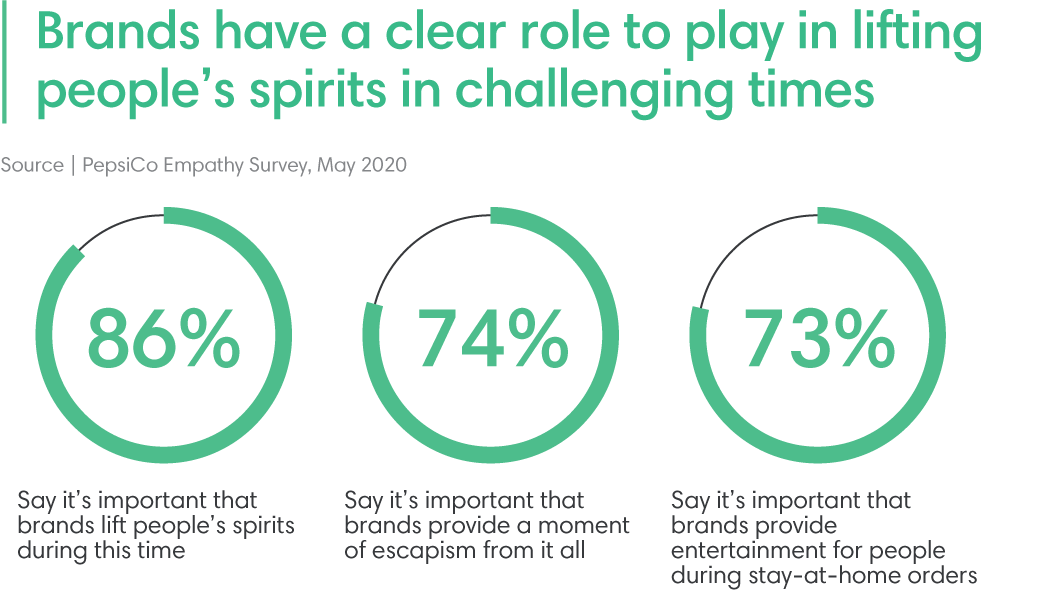
However, companies can’t just spout about it; they have to prove to consumers that they are empathetic by walking the talk with employees and their communities.

Numerous reports stress consumers’ thoughts on how companies should treat their employees in troubled times, particularly those on the front lines. According to the Kantar COVID-19 Barometer, although 70% of people think brands should share what they are doing to help people’s everyday lives, 78% expect them to take care of employees’ health first, with 62% saying brands should offer a flexible work environment.
During the pandemic, people paid attention to how brands responded to the crisis and those impacted by it, and according to Deloitte’s COVID-19: Maintaining customer loyalty and trust during times of uncertainty report, purpose-based companies that showed empathy through actions will likely emerge as the leaders in the new normal.
Develop an infinite mindset
Next to empathy, the other essential guiding principle for business success is what Simon Sinek calls an infinite mindset.
If you’re a TED Talks fan, you’ve probably heard about Simon before. His 2009 TEDx Talk, based on his book Start with Why, is the third most popular TED Talk of all time, with over 50 million views.
In his latest book, The Infinite Game, Sinek talks about finite and infinite mindsets in games and business. A finite game has a beginning, middle, and end. It has fixed rules, known players, and an agreed-upon endgame. An infinite game has changeable rules, known and unknown players, and no real ending. Sounds like life, doesn’t it?
Businesses with finite mindsets concentrate their efforts on profitability and beating the competition. Companies with infinite mindsets focus on growing a sustainable and trustworthy business with courageous leadership committed to a just cause and existential flexibility.

When I read Sinek’s interview about what it means to have an infinite mindset and existential flexibility, I was reminded of something I’ve been quite passionate about since COVID-19 hit us ̶ that goodwill is good business.
People often mistake goodwill for charity, but it’s quite different. Goodwill is an intangible but valuable asset every business should invest in and nurture. Sadly, too many companies do not – companies with finite mindsets.
Goodwill is the lifeline you can grab hold of when crises hit, and you can’t provide your products and services to your customers and partners in a timely manner, if at all. Goodwill builds loyalty, and in challenging times, you can capitalize on it when you have nothing else to offer.
Give before expecting to receive
Brands giving back to their employees, society, and the planet is more important than ever to consumers. Did you know that 21% of US online adults (~44M people) always research a company’s position on Corporate Social Responsibility (CSR) to make sure it aligns with their own before buying a product or service? That’s a lot of people in a country not known for having a high Environmental, Social, and Corporate Governance (ESG) ranking.
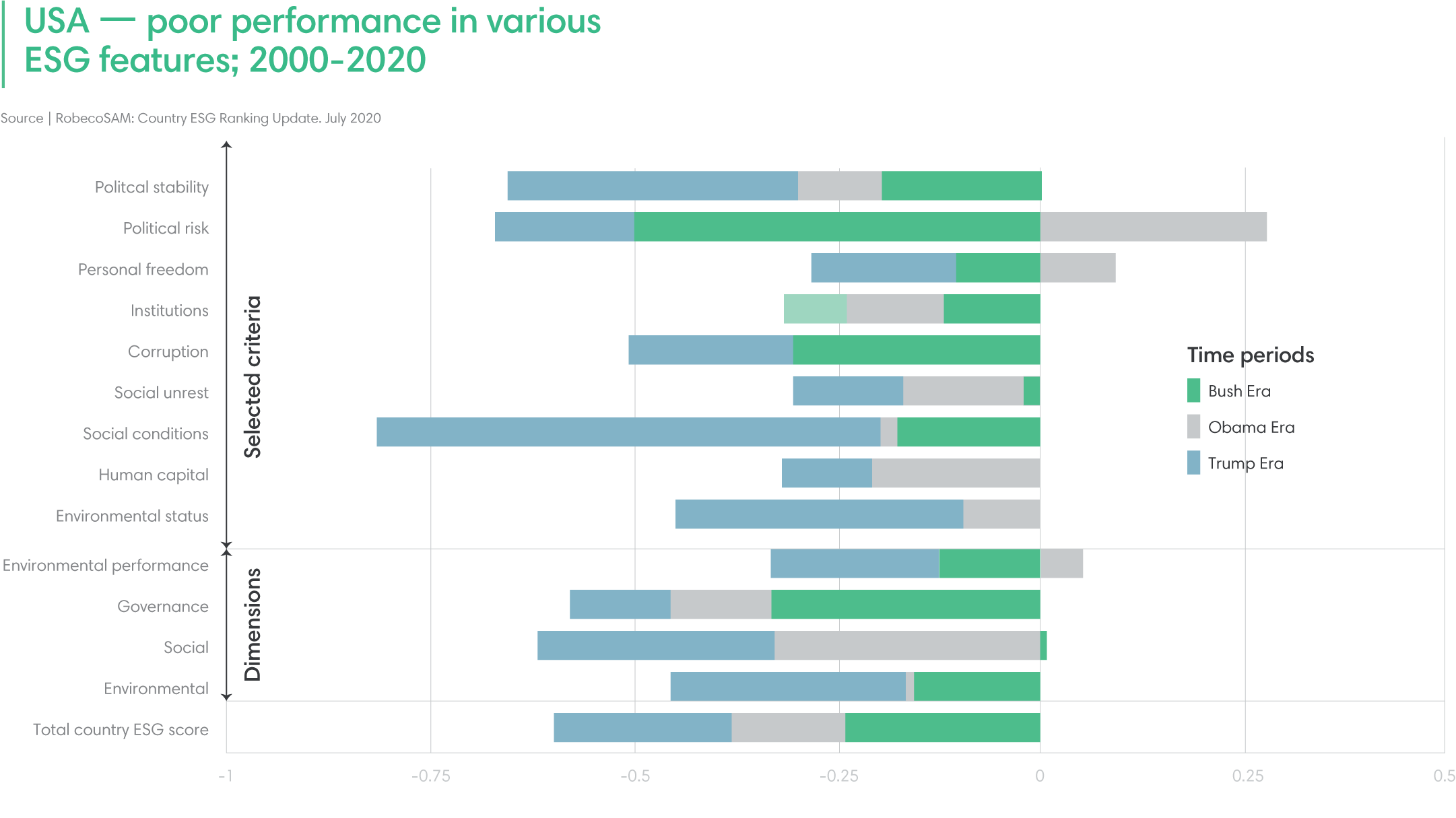
As the market power of values-based consumers rises (and it is rising), brands need to be committed to a systemic value strategy that aligns with their customers’ expectations. They need to demonstrate a meaningful difference that speaks to their target audience’s hearts and minds – a difference that sets them apart from their competitors.
Pay more than lip service to sustainable development
It’s hard to believe that brand purpose, and social and environmental responsibility didn’t have much of an impact on a brand’s worth less than five years ago. Last year the impact increased around six-fold. I can only imagine how high its impact is today.
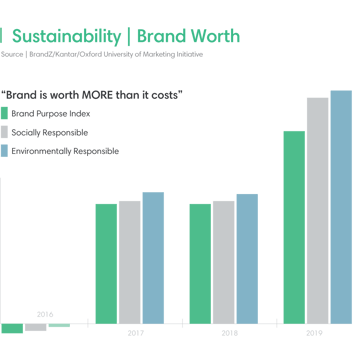 The pandemic was a seismic event that opened many consumers’ eyes and hearts to the importance of sustainable development worldwide (Remember, sustainable development is much more than just being “green”). Today, brands with the highest reputations for sustainability grow more than ten times faster in value than brands with the lowest sustainability reputations.
The pandemic was a seismic event that opened many consumers’ eyes and hearts to the importance of sustainable development worldwide (Remember, sustainable development is much more than just being “green”). Today, brands with the highest reputations for sustainability grow more than ten times faster in value than brands with the lowest sustainability reputations.
In March 2020, Edelman’s brand survey found that 90% of its 12,000 respondents worldwide expected brands to do everything they could to protect their employees and suppliers’ well-being and financial security, despite the monetary losses they’d experience while waiting for the pandemic to end. And those expectations didn’t stop there. 71% said that if they perceived that a brand was putting profit over people, they’d never trust that brand again.
Deliver engaging digital experiences
People’s shift to e-commerce was massive in 2020, and it’s not finished. Most consumers say they will buy even more online post-COVID.
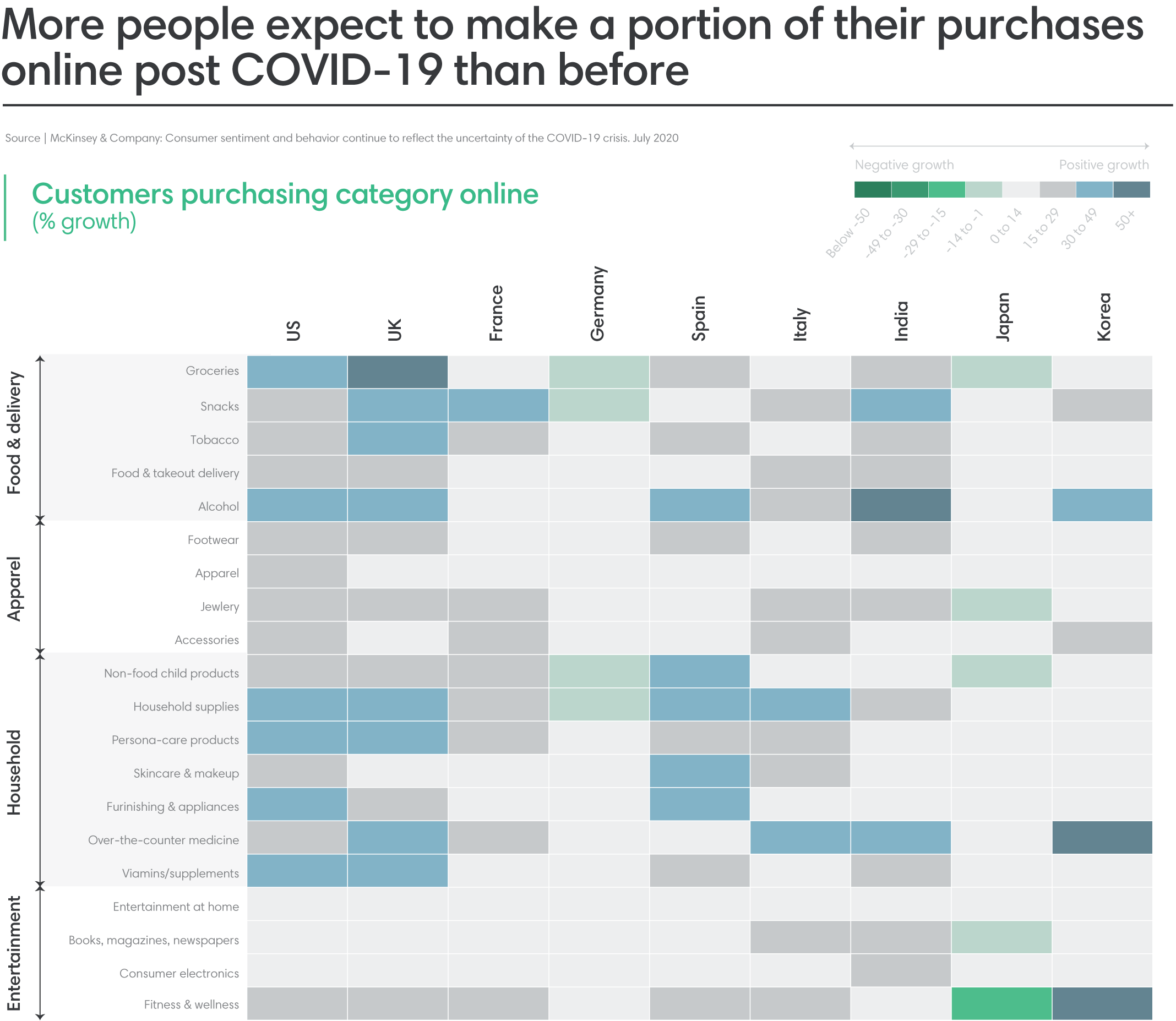
But transitioning to digital and having an e-commerce site isn’t going to save the day for brands unless they can deliver exceptional service through it. According to a study by Glassbox Digital, 83% of consumers said they needed a positive online experience to remain loyal to a brand; 39% said it was critical.
If you build it, they may come, but they won’t stay unless you impress them with an engaging user interface, ease of use, value for money, and respectful personalization. Personalization may be last on this list, but it will quickly turn around and bite you if done poorly. 82% of consumers (including me) say they would stop purchasing from a brand if they shifted to the “creepy” side of personalization.
Communicate!
We’ve all heard about contactless loyalty – the act of creating connections with customers, even when human contact is limited. Unfortunately, too many brands seem to confuse contactless loyalty with no contact at all. People want to hear from brands and what they are doing to make people’s lives better, societies stronger, and the world safer. So, don’t hide under a rock waiting for this crisis to end, or you may find yourself without an audience altogether.
In March 2020, Edelman conducted a global study on the critical role brands were expected to play during the coronavirus pandemic. 84% of respondents said they wanted brands to be a reliable news source that kept people informed, saying they should focus their communications on how they are helping people cope with pandemic-related life challenges.
Kantar’s COVID-19 Barometer supported those results, reporting that the pandemic appeared to have woken society up to the broader context of existence. People felt that governments weren’t doing enough to manage the situation and started looking to brands for help – particularly consumers highly engaged in sustainability.
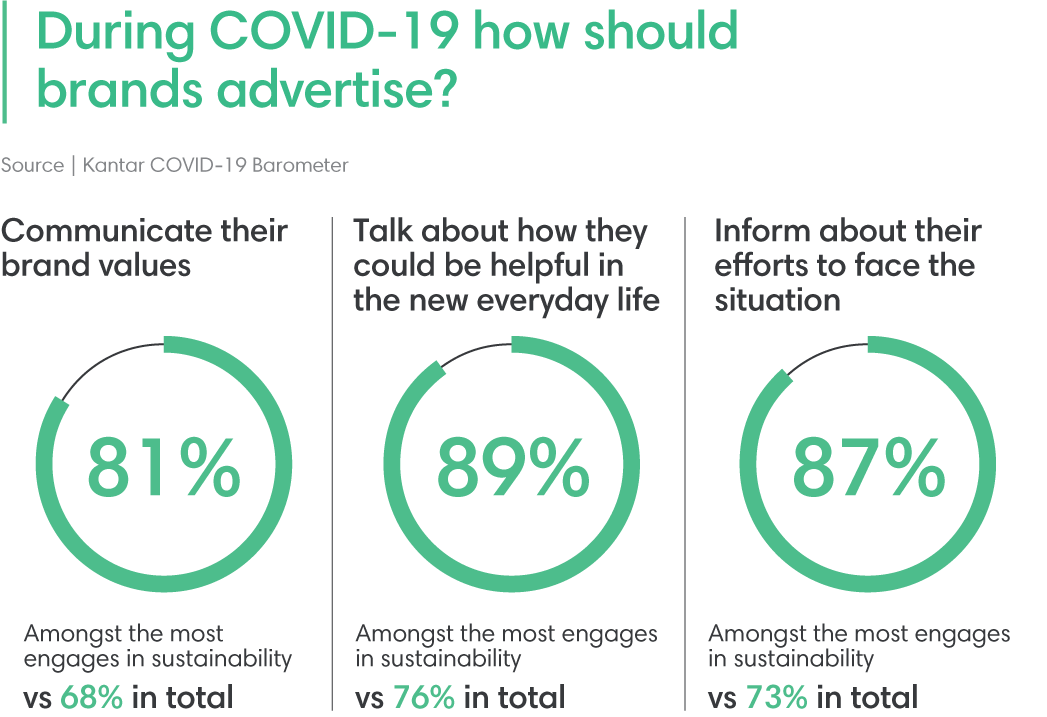
I thought about this after reading an article that said platinum cardholders of a particular credit card in the US could get a $20/month credit towards Uber Eats and a $20/month credit towards a mobile phone plan charged to the card up until the end of 2020. In isolation, those two benefits would come in very handy.
I’m a corporate cardholder of the company, so I called their customer service to see how to get access to benefits. I learned that neither of them applied to corporate cards, only consumer cards. However, I did discover that I was entitled to a free annual subscription to Calm – a very popular meditation and sleep app – with a 50% discount on renewal. What a great gift, especially during one of the most stressful times in our lives.
I’ve been a member since 2005, and the company has my corporate email address on file; I know because they sent the Calm offer to me once I talked to them on the phone. But there’s nothing on the website about that benefit, nor in their monthly statements either.
I learned a lesson with that experience. Most credit card companies are very good at partnering with brands that can add valuable benefits to their program, but not all are great at communicating those benefits to members. It’s a shame, really. I bet a lot of their members could use the Calm app right now.
Anyway, I activated the app, and I’m learning how to meditate. Is it working yet? I don’t know; I’ll get back to you in a month and let you know. Meanwhile, start creating communications that show how you support your employees by safeguarding their health and wellness, advocating for diversity, and fostering a culture that puts people before profits, and let me know how that goes.
Planning for the next normal
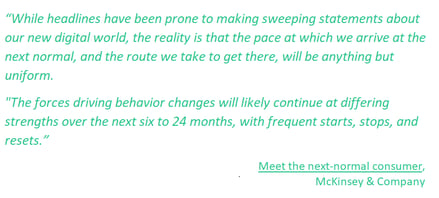 There’s a lot of impatience out there as people wait for the next normal to help them escape the fear, uncertainty, and doubt that followed us through 2020. Many people in developed countries hope to see some form of normalcy by Q2 2021 and herd immunity by Q3-Q4. But even with those optimistic forecasts, lasting change will only happen when people are confident they can behave as they used to without endangering themselves or others.
There’s a lot of impatience out there as people wait for the next normal to help them escape the fear, uncertainty, and doubt that followed us through 2020. Many people in developed countries hope to see some form of normalcy by Q2 2021 and herd immunity by Q3-Q4. But even with those optimistic forecasts, lasting change will only happen when people are confident they can behave as they used to without endangering themselves or others.
Continually paying attention to changing behaviors that may or may not sustain the pandemic is vital if brands hope to remain relevant in the next normal. However, given the furious phase of innovation and the empowered consumer’s elevated demands, it will be challenging for brands to align with buyers’ values and high expectations of seamless omnichannel interactions.
Some consumer behaviors will evolve from the habits consumers adopted during 2020, while others will revert to 2019 practices. We saw an indication of this in Q3 when the US saw a sizable increase in spending when businesses were allowed to reopen. However, the yo-yo effect of stay-at-home orders popping up and down across the country in Q4 curtailed spending once again. This is why brands and consumers must be prepared to weather a rapidly changing environment, bouncing between periods of lockdowns until we move past the transition phase for good.
Note: This article was originally published in the April 2021 edition of The Insider on PressReader.com




